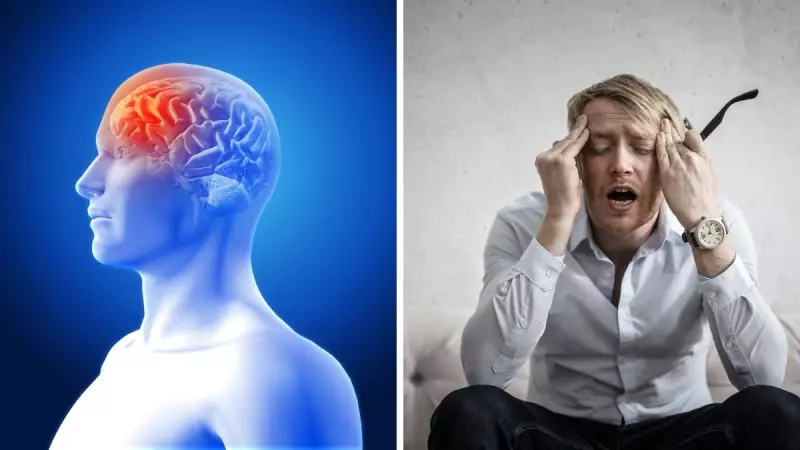
India is battling a silent health crisis that claims thousands of lives each year, yet the most effective solution remains largely ignored by the public. The country records a staggering 1.85 million stroke cases annually, creating an epidemic that healthcare systems struggle to contain.
The Scale of India's Stroke Crisis
Recent data reveals a disturbing trend across Indian states. Kerala leads with the highest stroke incidence rate at 135 cases per 100,000 people, followed closely by West Bengal at 125 cases. Even more alarming is the rising stroke burden in northeastern states, where Assam reports 91 cases per 100,000 population.
The economic impact is equally devastating. Stroke treatment costs push approximately 25% of affected families below the poverty line, creating a cycle of medical debt and financial ruin. What makes this crisis particularly tragic is that up to 80% of strokes could be prevented through proper management of a single, easily detectable condition.
The Overlooked Solution: Hypertension Control
Medical experts point to uncontrolled high blood pressure as the primary culprit behind India's stroke epidemic. Hypertension affects nearly 30% of Indian adults, yet awareness and treatment rates remain dangerously low. Many patients remain undiagnosed for years, allowing silent damage to accumulate in their blood vessels.
Dr. MV Padma Srivastava, a leading neurologist, emphasizes that "controlling blood pressure is the single most effective strategy to prevent strokes." Simple lifestyle modifications including reduced salt intake, regular exercise, and stress management can significantly lower stroke risk. When combined with affordable medication, these measures could prevent hundreds of thousands of strokes annually.
Breaking Down Barriers to Prevention
Several factors contribute to India's failure in addressing this preventable crisis. Limited access to primary healthcare in rural areas means many hypertension cases go undetected until a stroke occurs. Cultural acceptance of high blood pressure as a normal part of aging further complicates prevention efforts.
The government's National Programme for Prevention and Control of Cancer, Diabetes, Cardiovascular Diseases and Stroke (NPCDCS) aims to screen and manage hypertension at the community level. However, implementation challenges and low public awareness have limited its effectiveness.
Regular blood pressure monitoring could be the game-changer India needs. With affordable digital blood pressure monitors now widely available, individuals can take control of their cardiovascular health. Early detection and consistent management of hypertension could reduce stroke incidence by up to 40% within a decade.
As India's population ages and lifestyle diseases become more prevalent, addressing the stroke epidemic requires urgent action. Healthcare professionals advocate for nationwide screening programs, public education campaigns, and improved access to affordable hypertension medications. The time to act is now, before millions more families face the devastating consequences of preventable strokes.





